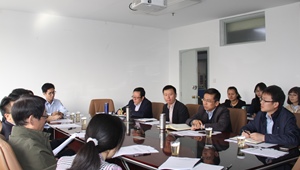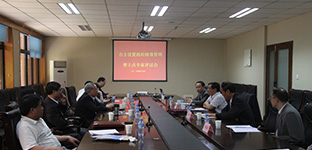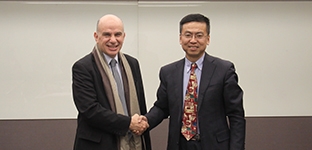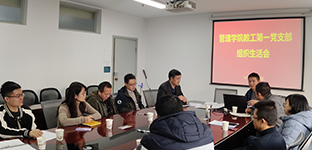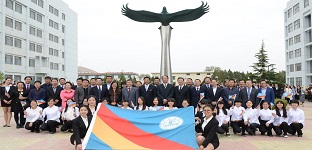The Changes of Carbon Emission in China’s Industrial Sectors from 2002 to 2010: A Structural Decomposition Analysis and Input-Output Subsystem
题目:The Changes of Carbon Emission in China’s Industrial Sectors from 2002 to 2010: A Structural Decomposition Analysis and Input-Output Subsystem
作者:
Guoxing Zhang(兰州大学/ Lanzhou University)
Mingxing Liu(西安交通大学/Xi’an Jiaotong University)
期刊:
DISCRETE DYNAMICS IN NATURE AND SOCIETY(影响因子0.711)
Volume 2014, Article ID 798576, 9 pages
英文摘要:
Based on 2002–2010 comparable price input-output tables, this paper first calculates the carbon emissions of China’s industrial sectors with three components by input-output subsystems; next, we decompose the three components into effect of carbon emission intensity, effect of social technology, and effect of final demand separately by structure decomposition analysis; at last, we analyze the contribution of every effect to the total emissions by sectors, thus finding the key sectors and key factors which induce the changes of carbon emissions in China’s industrial sectors.Our results show that in the latest 8 years five departments have gotten the greatest increase in the changes of carbon emissions compare with other departments and the effect of final demand is the key factor leading to the increase of industrial total carbon emissions. The decomposed effects show a decrease in carbon emission due to the changes of carbon emission intensity between 2002 and 2010 compensated by an increase in carbon emissions caused by the rise in final demand of industrial sectors. And social technological changes on the reduction of carbon emissions did not play a very good effect and need further improvement.
中文摘要:
基于2002-2010年可比价投入产出表,本文首先利用投入产出模型子系统将我国工业部门的碳排放量分成三个组成部分,然后利用结构分解技术将此三个组成部分分别分解为碳排放强度效应、社会技术效应和最终需求效应,最后,按行业分析各效应对碳排放总量的贡献,从而找出影响工业部门碳排放量变动的关键行业和关键影响因素。结果表明:最近8年工业部门中碳排放量增加最多的五个行业分别是交通运输设备制造业、通用专用设备制造业、电气机械及器材制造业、通信设备计算机及其他电子设备制造业和食品制造及烟草加工业,而造成碳排放总量增加的最主要原因是最终需求效应。通过两个时间段的比较,我们还发现最终需求这一影响因素造成了碳排放总量的进一步增加,而碳排放强度效应则为碳排放总量的减少做出了巨大的贡献,社会技术效应对碳排放总量的减少没能起到很好的效果,有待进一步的提升。
网址链接:http://downloads.hindawi.com/journals/ddns/2014/798576.xml
doi:http://dx.doi.org/10.1155/2014/798576



